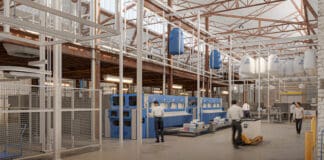By Dawn Selak
All those watching the Super Bowl this weekend, take heart: there’s a good chance the Minneapolis stadium roof won’t collapse—as its predecessor the Metrodome’s did in December 2010.

That’s because U.S. Bank Stadium, which opened in 2016, features a sleek, practical roof made of a material that lets the snow fall off the roof into a gigantic snow gutter. This transparent material, Ethylene Tetrafluoroethyl (ETFE), also saves energy. It allows natural sunlight into the stadium, giving the venue a natural, outdoorsy feel, while also allowing solar thermal heating that redistributes warm air in the winter and pumps cold air in the summer.
The unique high-tech roof is only one of the stadium’s many green features. U.S. Bank Stadium was the first NFL stadium to be built with LED sports lighting, which consumes 75% less electricity than the metal halide lighting typically used in the dark ages (pun intended). The facility was also constructed with a plethora of other energy-efficient features, including high-efficiency motors and advanced air-handling units, all of which combine to cut U.S. Bank Stadium’s energy use to 92 thousand British thermal units per square foot (kBtu/sf), compared to the Metrodome’s 104 kBTU/sf, and enabled the stadium to be certified LEED Gold last November by the U.S. Green Building Council.
This is all part of a larger effort by college and professional sports teams across the country to save energy. In fact, U.S. Bank Stadium is just one of 80 LEED-certified sports venues in the United States…
To continue reading Selak’s blog post, visit the ACEEE website.
 Selak is Communications Manager for the American Council for an Energy-Efficient Economy (ACEEE), a nonprofit, 501(c)(3) organization that acts as a catalyst to advance energy efficiency policies, programs, technologies, investments, and behaviors.
Selak is Communications Manager for the American Council for an Energy-Efficient Economy (ACEEE), a nonprofit, 501(c)(3) organization that acts as a catalyst to advance energy efficiency policies, programs, technologies, investments, and behaviors.




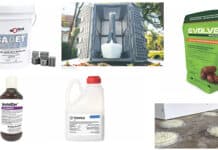
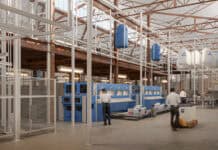
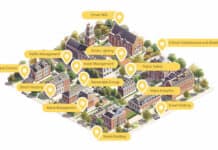
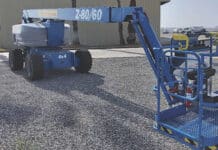
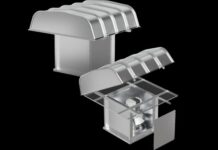

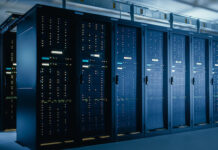
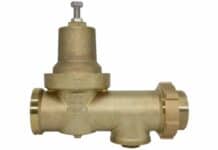




![[VIDEO] Job Order Contracting: Accelerating the Projects that Matter](https://facilityexecutivemagazine.kinsta.cloud/wp-content/uploads/2024/05/maxresdefault-324x160.jpg)
